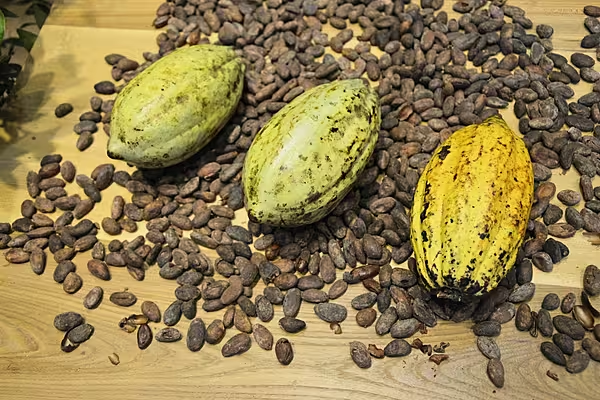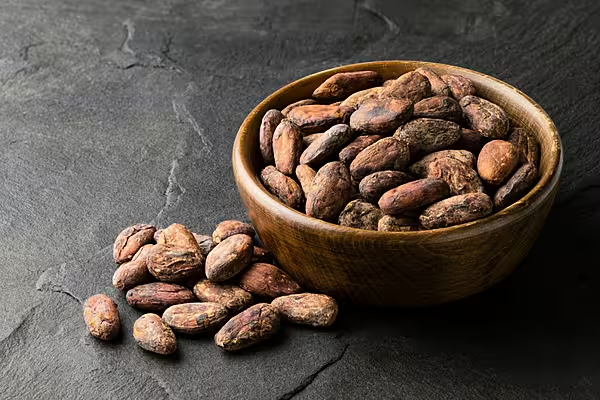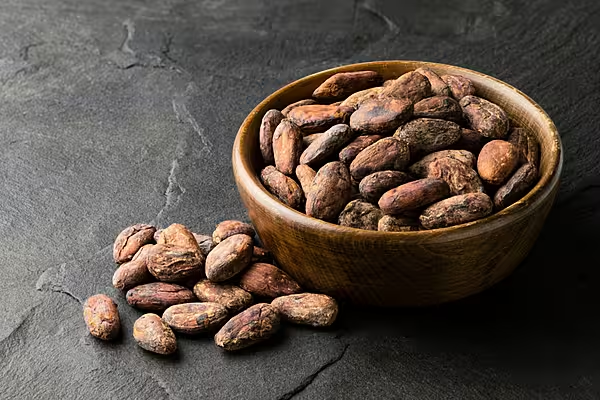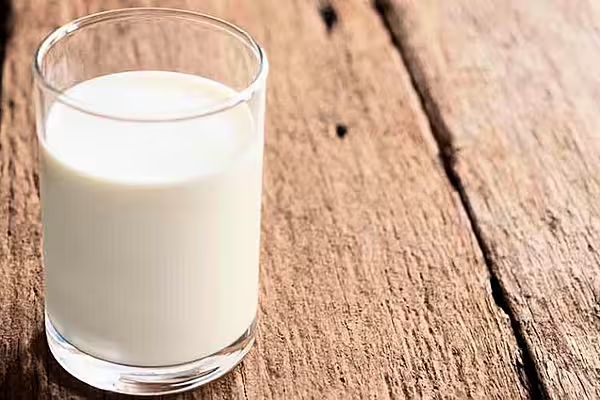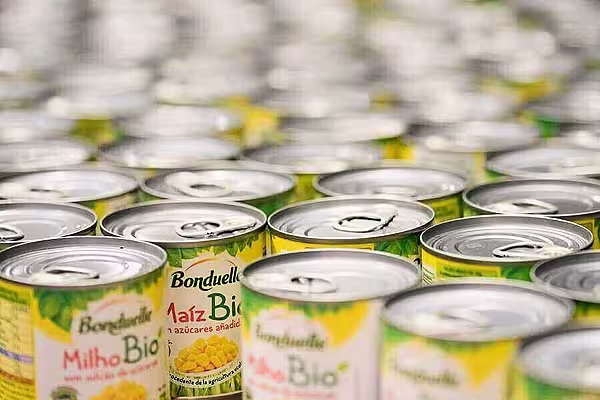Nigeria’s cocoa midcrop output may decline by as much as 60 per cent as prolonged dry weather takes a toll on the trees, the country’s cocoa association said.
“The heatwave is so severe now that flowers and buds are falling off cocoa trees in the farms,” Sayina Riman, president of the Cocoa Association of Nigeria, which groups farmers, traders and grinders, said by phone from the southeastern cocoa hub of Ikom. “The 2016 midcrop may drop by about 60 per cent as a result of the ravaging effect of the long harsh weather.”
Farmers in the southwestern cocoa belt that accounts for about 70 per cent of Nigeria’s production say the crop isn’t faring well, with the last rains in the area falling in late October. “We will be lucky if we get up to half of last year’s midcrop cocoa harvest,” Kola Adeboyejo, a farmer in the cocoa- growing town of Idanre, said by phone.
Nigeria’s two cocoa harvests include the smaller midcrop from April to June, and the main crop from October to December. The midcrop normally accounts for about 30 per cent of Nigeria’s cocoa output.
Nigeria is the world’s largest cocoa producer after Ivory Coast, Ghana and Indonesia, with a government-estimated output of 350,000 tons in the 2013-14 season. The International Cocoa Organization estimates Nigeria’s output at 240,000 tons for the same period.
Ghana’s cocoa growing region received less than 5 millimetres of rain since 3 December, compared with the normal amount of 50 millimetres, according to a Speedwell Weather statement e-mailed last week.
Cocoa farmers in Nigeria reported a poor main-crop harvest with the start of the 2015-16 season in October after major growing areas were ravaged by floods and disease in the preceding months, according to the cocoa association.
“Even if the rains start today, it will require a period of regeneration for the dying cocoa trees to develop fruits again," Riman of the cocoa association said.
News by Bloomberg, edited by ESM. To subscribe to ESM: The European Supermarket Magazine, click here.
